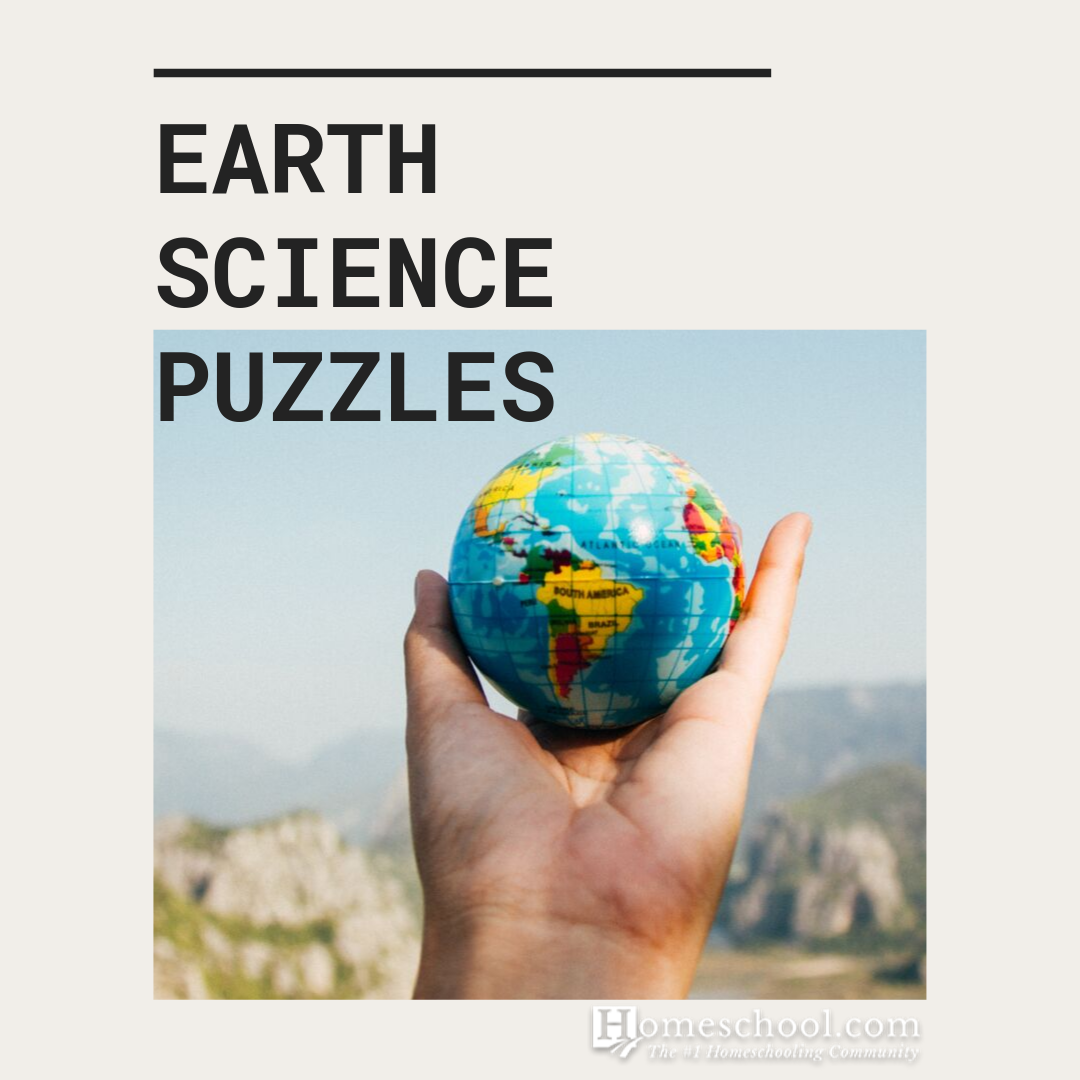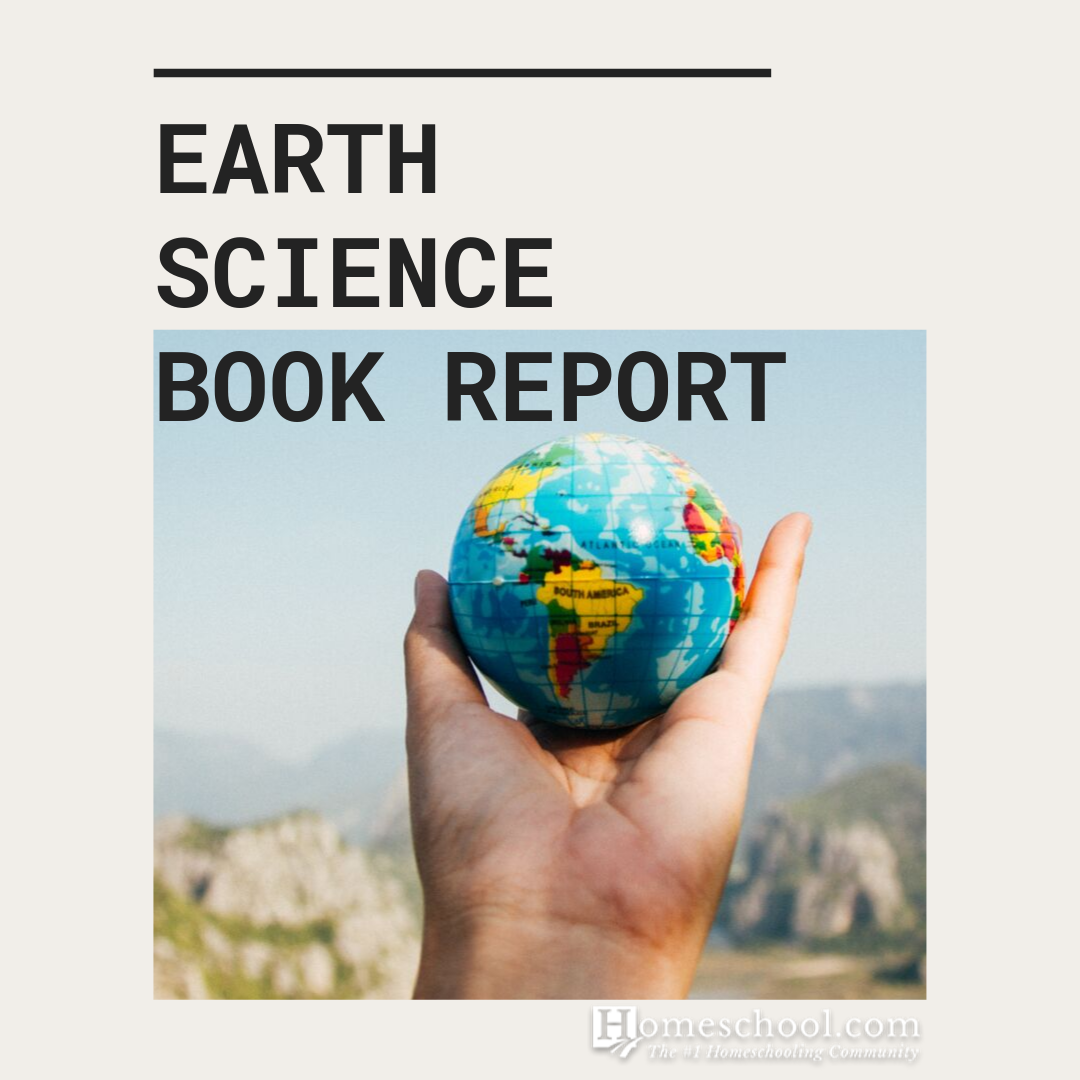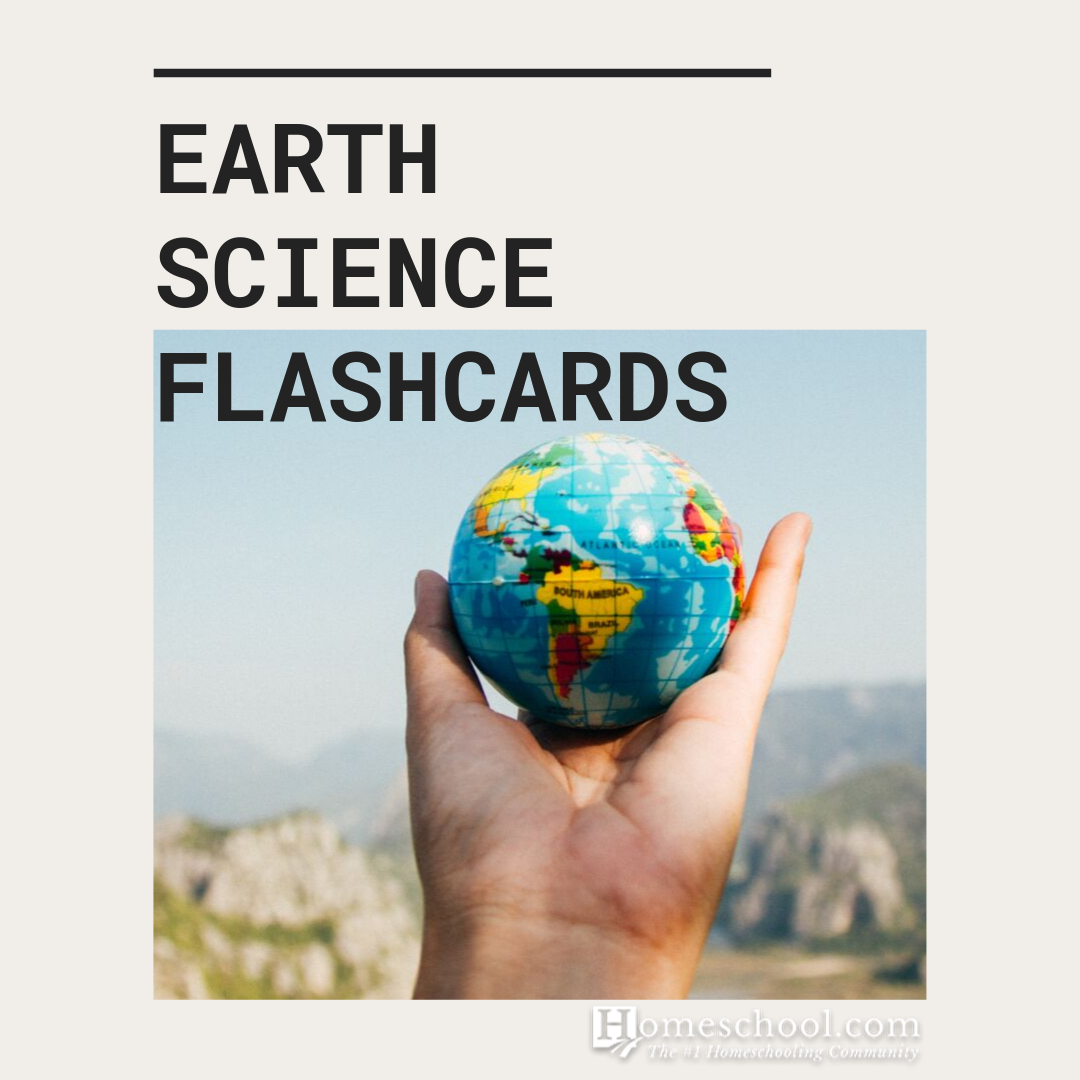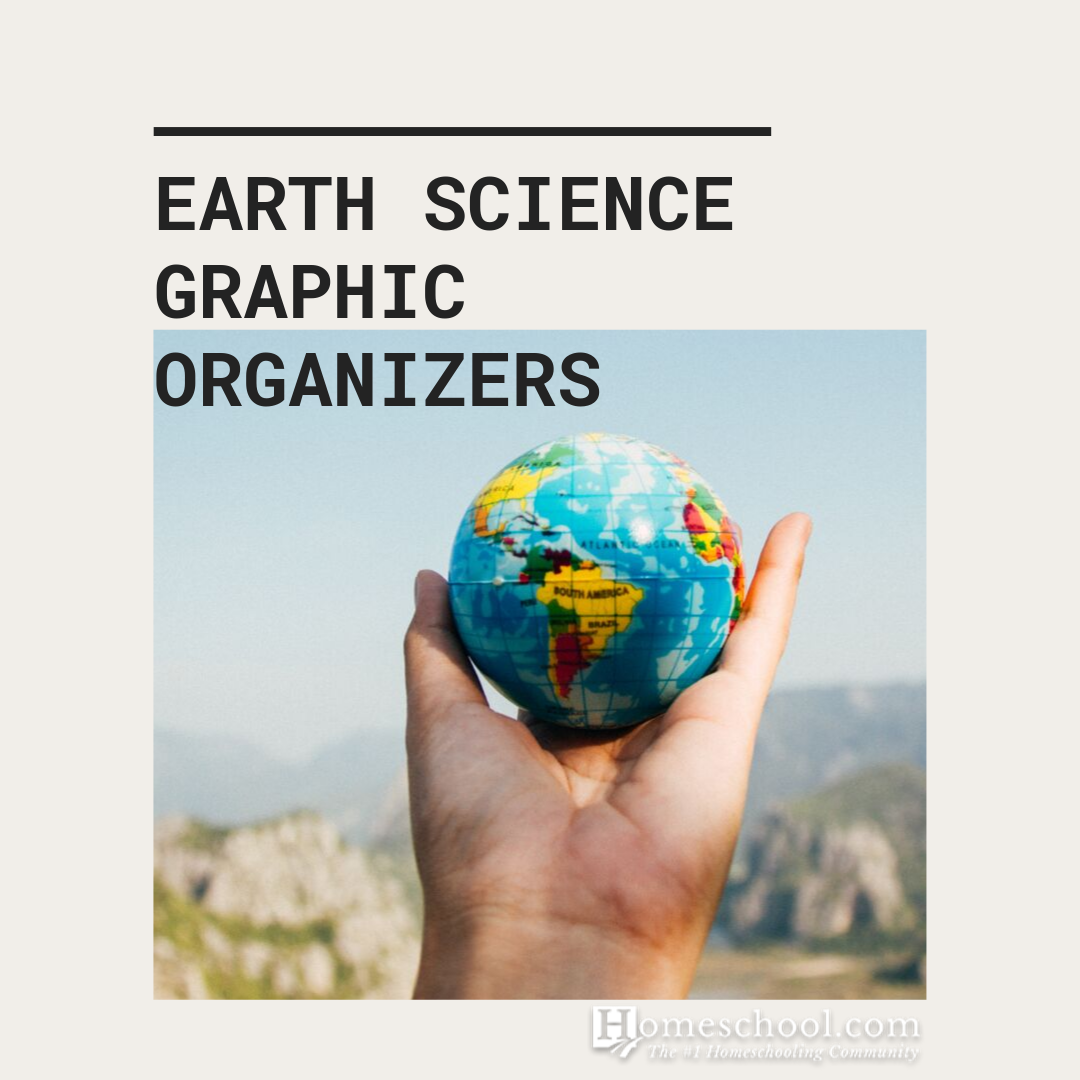Have your homeschoolers studied Earth science yet? This branch of science, also known as geoscience, is an incredibly relevant area of study, and worth learning about! What better time to explore Earth science than now?!
I know, I know; most people don’t find science to be the most fascinating subject, and earth science hardly sounds like more than a study of rocks. While geology is one of the biggest areas of earth science, there is so much more to this branch of science than just rocks. Earth science provides the answer to all the questions about what goes on in our world! Weather forecasts, natural disaster preparation & recovery, physical science, sustainable sourcing, even the healthy vegetables we eat, are all a result of earth scientists. At its roots, Earth science examines the world we live in for everyday, practical applications.
There are four general branches of Earth science: oceanography, astronomy, meteorology, and geology. Geology is by far the largest component of earth science, as its very name implies, “Study of the Earth.” Geology covers the layers of the earth, the composition of the soil, life on the planet, changes that have occurred over time, and the search for fuel and minerals. All things considered, even geology is about more than weathered rocks!
The History Behind Earth Science Week
Earth Science Week was established in October of 1998 as a way to motivate interest in geoscience, as well as encourage people to see the importance and benefits of improved environmental care. The American Geosciences Institute hopes that an annual Earth Science Week will spark a love of stewardship for the earth, as well as possibly unlock new career paths for students. Earth Science Week may have been established in the U.S., but it is considered both a national and international event.
There are numerous sponsors in the geoscience community helping provide events and activities for this year’s Earth Science Week. The basis of this celebrated week is to promote an appreciation of its value as it relates to the world in which we live. Earth scientists hope to show how this branch of study applies to our daily lives and impacts everyone. There is potential for anyone to become involved and succeed in Earth science, which makes it one of the most welcoming studies available. 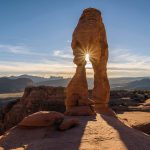
The main objectives for Earth Science Week are to help individuals become engaged with the geoscience community by reminding the world that areas of Earth science encompass our everyday lives. Further, this week is to encourage improved care of the Earth and to hopefully motivate current geoscientists to share their findings and work, as possible, with the world.
Earth Science Week 2019
2019’s theme for Earth Science Week is: “Geoscience is for Everyone.” This year, each day of Earth Science Week will have a dedicated theme. These are called “Focus Days,” and is a great way to create a specific topic for each day. This is an excellent setup for a unit study!
Here are the themes for each day this year:
- Sunday, October 13th | “International Earthcache Day”
-
- Combine your Earth Science unit study with a fun geocaching adventure!
-
- Monday, October 14th | “Earth Science Literacy Day”
-
- Earth science literacy is important because it explains the fundamentals of the study!
-
- Tuesday, October 15th | “Earth Observation Day”
-
- Learn how the Earth is being observed, both by geoscientists and NASA.
-
- Wednesday, October 16th | “National Fossil Day”
-
- Earth science involves paleontology as well!
-
- Thursday, October 17th | “Geoscience is for Everyone Day”
-
- Learn specifically how Earth science affects people of all ages, abilities, races, minorities, and backgrounds.
-
- Friday, October 18th | “Geologic Map Day”
-
- Have you ever heard of geologic mapping? You’ll learn about it now, along with why its importance!
-
- Saturday, October 19th | “International Archeology Day”
- Devote a day to learn more about archeology and how it impacts our world. Step into Indiana Jones’s shoes for a day!
Along with focus days, students can celebrate Earth Science Week by entering a few different contests! These contests require a variety of mediums — written, video, or visual — and raise the stakes of your Earth Science Week participation!
Each contest is due by 5pm EST, Friday, October 18th. Here are the current existing contests:
- Video Contest
- Photography Contest
- Visual Arts Contest
-
- Entries for this contest must be mailed and postmarked no later than Friday, October 18th.
-
- Essay Contest
Why Is It Important to Study Earth Science?
Some of the benefits of Earth science are self-explanatory. For example, most people probably associate earth scientists with improved warnings, prep, recovery, and study of earthquakes. Further, a lot of people likely realize the connection between earth science and the effects of erosion that lead to avalanches and flooding. However, the importance of earth science extends to so much more than this.
Our world is rapidly changing, and earth science helps us keep up with it. Earth science isn’t just about the layers of the earth’s composition and determining types of rocks. Geoscience does analyze these aspects of earth, but it also studies the atmosphere, the oceans –even space– and more. Earth science offers an explanation of the world around us, and answers to phenomena we experience daily throughout the globe.
Not only is Earth science relevant to our everyday lives, but it is one of the most hands-on branches of science. This study of life science offers opportunities for both labs and activities, which can make it more exciting and enjoyable for students thanks to the visual results. Geoscience evaluates where we come from, what is going on now, and what is likely to happen in the future. As a result, earth scientists are continually looking for sustainable options in all areas affecting our planet –our only home. To be succinct, here are five reasons Earth science is important to study.
- Civilization dependency. All of humankind is dependent on Earth’s resources.
- Awareness. Natural disasters will occur whether or not we choose to study them. However, studying these natural phenomena can make the difference between tragedy and saved lives. Consequently, an awareness of natural disasters requires knowledge of Earth science.
- Sustainability. Maintaining a sustainable world with continual food, water, and oxygen is not possible without a study of our resources.
- Your Part. Without knowledge of earth science, you won’t be able to determine your own role in helping reduce waste and promote earth-friendly choices. Earth science reveals humanity’s impact on our world, both good and bad, and gives us ideas of where to go from there.
- A Potential Career. While every student should, in theory, have a basic understanding of Earth science, this branch may prove to be a future career possibility for some. Passionate, idealistic students may find themselves fascinated enough by the potential of Earth science to pursue career choices. Earth Science Week is all about encouraging students to see the fascination of studying our world and to catch the dream of an improved Earth.
10 Facts About the Earth for Earth Science Week
When we depend on something, we usually do everything we can to protect it and make sure it stays around for a while. For example, adults depend on their paychecks and consequently aim to do well at their work so they can keep their jobs. As much as most students may not enjoy schoolwork, we know that the diploma will be worth working hard and ensuring good grades. The same can be said for Earth. It’s our home, and we depend on it for our survival. Because of that, we need to study Earth so we can learn how to maintain our home for the foreseeable future.
Earth reveals where we came from, thanks to fossils and rock formations. Similarly, studying our planet can reveal its current state of “wear and tear” and give us a trajectory of how long certain resources will last if nothing changes. That can give scientists both good and bad news, but the bottom line is that we’d never know what to do (or what not to do), if we didn’t study Earth, to begin with.
Here are ten fascinating earth facts about our planet to kick off your unit study!
- Earth’s orbit around the sun takes 365.25 days. Because of the extra .25 day, we add an extra day to the calendar every four years, known as a leap year! Everyone is aware of leap year, but had you known why our calendar works in that manner? It’s fascinating!
- The continental crust is different than the oceanic crust. While the continental crust is about 19 miles thick, the oceanic crust at the seafloor is only about three miles thick, and yet is denser than the continental crust.
- The ocean contains 97% of Earth’s volcanoes. This makes sense when you consider that 70% of the earth is covered by oceans. However, it’s still a shocking figure after remembering the number of volcanoes and mountains on land.
- The Northern Lights are caused by Earth’s magnetic field. Our magnetic field is a result of the earth’s rotation in addition to its iron & nickel core. This field protects us from high-energy particles from the sun, but the magnetic field is tear-dropped shaped, leading to some particles getting funneled to the poles in beautiful light displays.
- Without our atmosphere, Earth would freeze. Our atmosphere acts as a blanket of gases that retains heat. While some areas of Earth are still unbearably cold, our planet would continually be at zero degrees without our atmosphere. These are considered the greenhouse gases.
- The atmosphere protects us. Beyond keeping Earth inhabitable with its temperatures and oxygen, the atmosphere prevents most meteorites from hitting earth. Further, ozone in our atmosphere filters out the sun’s damaging ultraviolet light.
- People weigh less at the equator than at the poles. Surprisingly enough, there is less of a gravitational force at the equator than at the poles. Due to Earth’s uneven gravitational pull, the planet exerts less pull on objects at the equator.
- The Earth’s surface is continually being recycled. Through the years, the Earth’s soil and rocks go through a repeated cycle of regeneration. Magma surfaces and hardens into rock, earthquakes and tectonic plates move and lift the hardened magma rock, erosion wears it down, where those fragments will get buried again as sedimentary rocks due to impacts. This sedimentary rock heats as it gets buried, renewing the cycle.
- Some scientists claim Earth has two moons. According to certain researchers reporting in the planetary science journal ICARUS (December 20, 2011), there are large space rocks occasionally orbiting Earth. These scientists theorize that these are asteroids captured in the Earth’s orbit for at least nine months before they spin out and disappear.
- The Mid-Ocean Ridge is the world’s longest mountain range. Located deep within the ocean is an underwater chain of volcanoes, reaching more than 40,000 miles in length. This range rests on the seafloor and rises about 18,000 feet in elevation.
10 Earth Science Activities for Kids
As the only known planet with life, Earth is fascinating! What better way to learn than while you are having fun and experiencing it firsthand? There are hundreds of fun geoscience activities for kids available online with a quick Pinterest search. My favorite aspect of these activities is that they work well for nearly every learning style! They combine a variety of hands-on, visual, and auditory steps. This is such a great way to help involve all of your children in the learning process.
Let’s grab our household items and learn together about the Earth’s climate, weather, erosion, earthquakes, and more!
- Paper Plate Layers of the Earth
- This project combines arts & crafts with science! Learn about the Earth’s layers by coloring in these paper plates.
- Make a Model Seismometer
- Seismometers measure the scale of earthquakes, and you can replicate your own at home. What a fun way to learn how earthquakes are measured and what the varying numbers could mean to communities living in affected areas.
- Easy Erosion Experiments
- You can’t have earth science without learning about erosion! These experiments are simple, but effective. Just fill a container with some dirt and you’re just about ready to go!
- Make a Sediment Jar
- Try your hand at geology with these DIY sediment jars. This project may be simple, but it shows a lot about the soil’s layers and how rocks form. This is a perfect project for your kiddos who just love playing in the dirt!
- Volcano Experiments
- Experimenting with a volcano is an absolute must for geoscience! Every child should have the opportunity to make a volcano, not only because they are fun, but they teach a lot!
- Measuring Earthquakes
- Just as with the model seismometer project above, you can try your hand at measuring “earthquakes” with this activity. We love that this project helps your child build their own seismograph! What a great way to learn how they detect and analyze earthquakes.
- Make a Cloud in a Jar!
- This project is great for young students so they can be involved in the unit study as well. Let’s explore how clouds and fog are made with just a few household items. This activity is one of our favorites since it’s so easy, but engaging.
- Explore Density with this Salt Volcano
- This experiment is perfect for learning about density! As the compounds react, certain elements must sink while others rise, which makes it look awesome and a great visual aid when learning about density.
- Edible Sedimentary Rocks
- There’s one thing to make a real sediment jar of dirt, and another thing entirely to make delicious edible “sedimentary rocks”! These edible projects are the best!
- Make Your Own “Groundwater”
- This project will teach your kids about groundwater and how it works, and could also be used to show how flooding occurs!
Earth Science Week Printables!
To wrap together your Earth Science unit study, we have created these printables as the cherry on top! Printables are often a great way to add extra fun with games, while also focusing on direct learning. For this unit study, you’ll find a book report, flashcards, puzzles, and even graphic organizers all ready to help you study geology!
Additionally, we have a free printable science journal! This journal is 12-pages long, and it explains the scientific investigative process for experiments, large or small. This would be especially helpful for older students as they start documenting labs or entering science fairs!
The Geoscience community needs students who haven’t been held back by restrictions or limited by narrow averages. They need students who dare to consider something different than what we know, and students who are brave enough to go for it anyway, regardless of challenges. Earth scientists need people like homeschoolers!

